What Is Perioral Dermatitis?
September 16 2025 – Dr. Luise Berger
Free shipping from €200
Start your free skin analysis
Made in Germany
Collect valuable loyalty points with every purchase

September 16 2025 – Dr. Luise Berger
Typical triggers include overuse of creams, cortisone-based ointments, occlusive products, make-up, stress, hormonal fluctuations, and external irritants such as UV exposure or mask-wearing. Nutrition may also play a role, particularly sugar, dairy, and alcohol.
Yes, stress is a common trigger. The release of cortisol weakens the skin barrier, increases sebum production, and intensifies inflammation – creating ideal conditions for POD.
With consistent zero therapy, it usually takes 6–12 weeks for the skin to recover. Symptoms may worsen at first before gradually improving. Patience is key.
It is best to avoid inflammation-promoting foods: sugar, refined flour, alcohol, fast food, and often dairy. A better choice is vegetables, whole grains, omega-3 fatty acids, and plenty of water.
Mild, fragrance-free cleansing foams are most suitable. Harsh gels or products with alcohol can worsen symptoms. A gentle foam cleanser used only in the evening at first is ideal. Many trust the Foam Sensitive from DOC BERGER EFFECT.
A good day cream for POD should be clean-formulated, non-occlusive, gentle, and soothing. It should also provide protective sun filters. The Anti-Pollution Day Cream from DOC BERGER EFFECT is highly regarded, protecting the skin against UV, blue light, and environmental stress.
Unfortunately, there is no instant solution. The most effective step is zero therapy. Supporting measures include patience, gentle skincare, stress management, and an anti-inflammatory diet.
During acute POD phases, it is best to avoid make-up completely. Foundation and concealer may worsen symptoms, as they often contain silicones, parabens, and other problematic ingredients. Only once the skin is stable should light, non-comedogenic make-up be reintroduced gradually.
Because the underlying triggers are often not fully resolved. Returning to excessive creams, harsh products, heavy make-up, or ongoing stress can cause flare-ups. The best protection is a consistently minimalistic, clean skincare routine. Complete DOC BERGER EFFECT’s online skin analysis to discover the products tailored to your individual needs.
Perioral Dermatitis (also called POD, “mouth rash,” or “stewardess disease”) is an inflammatory skin condition that appears as small red pustules, papules, and flaking around the mouth, nose, or eyes. The skin looks irritated, feels tight and burning – many sufferers experience a significant impact on their daily life.
The term “stewardess disease” originates from the fact that flight attendants are constantly exposed to extremely dry, cold air during work. Many attempt to compensate by applying various creams. Added to this is the pressure to maintain a flawless appearance, often involving heavy make-up, which further stresses the skin. This combination is considered a classic trigger for POD.


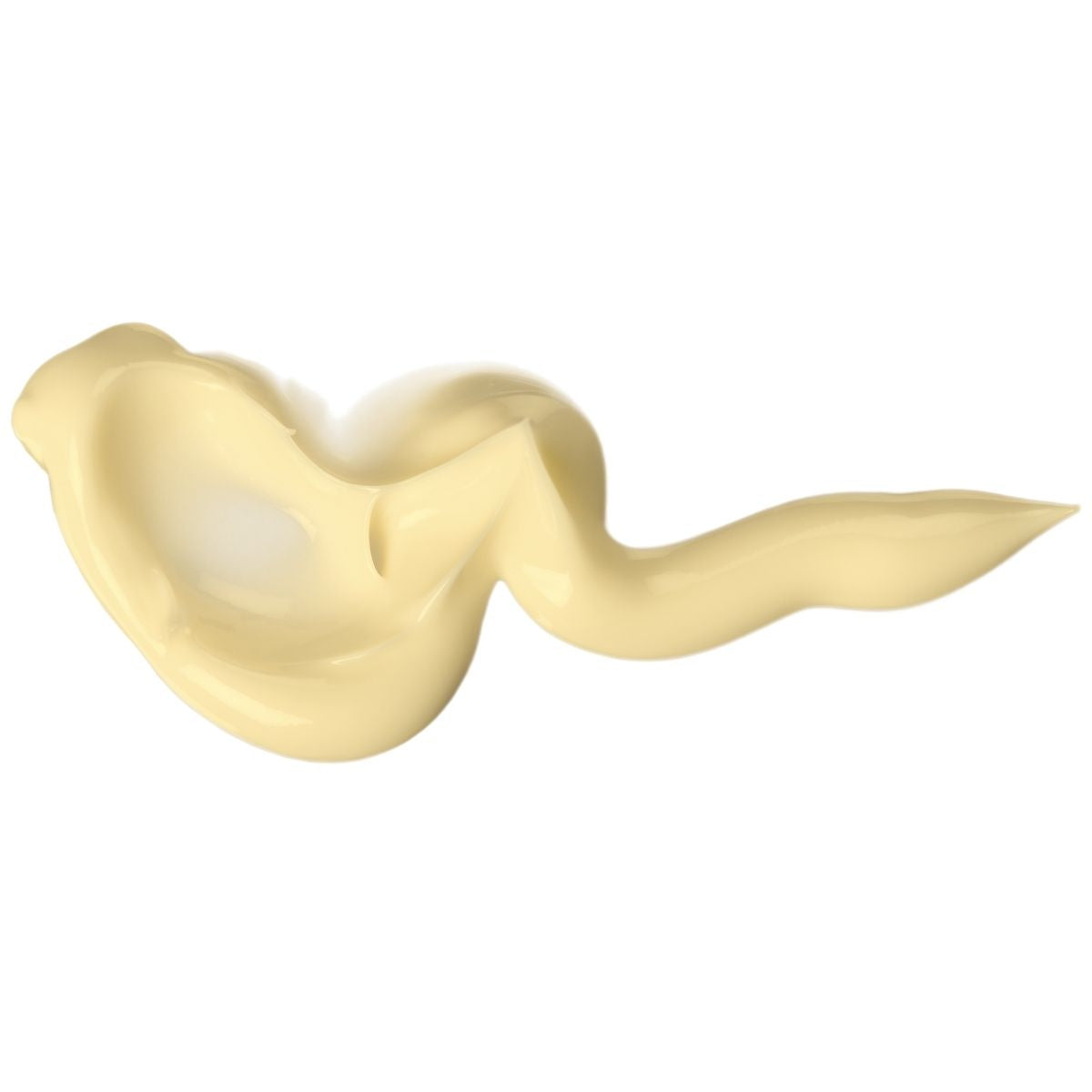
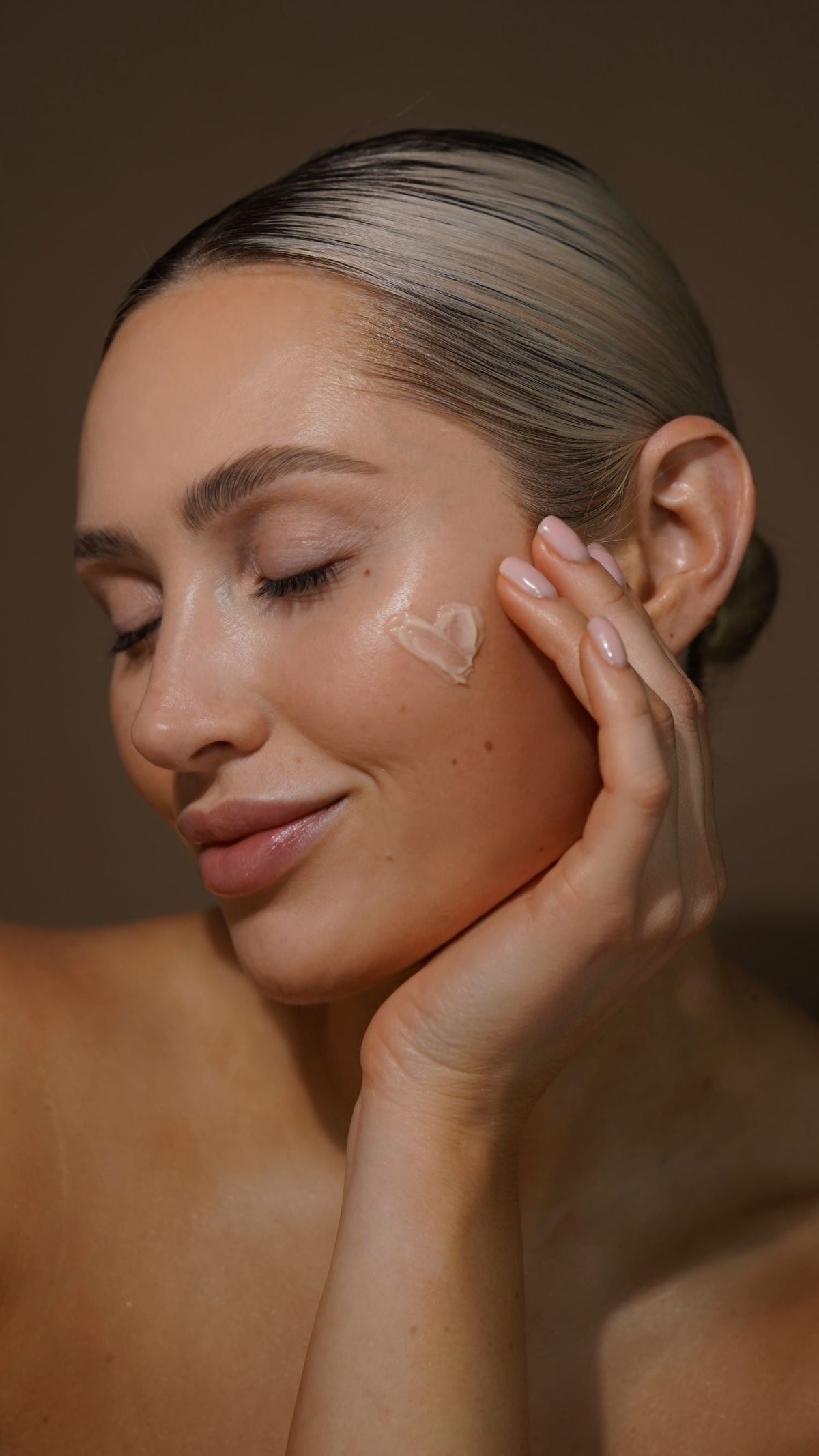

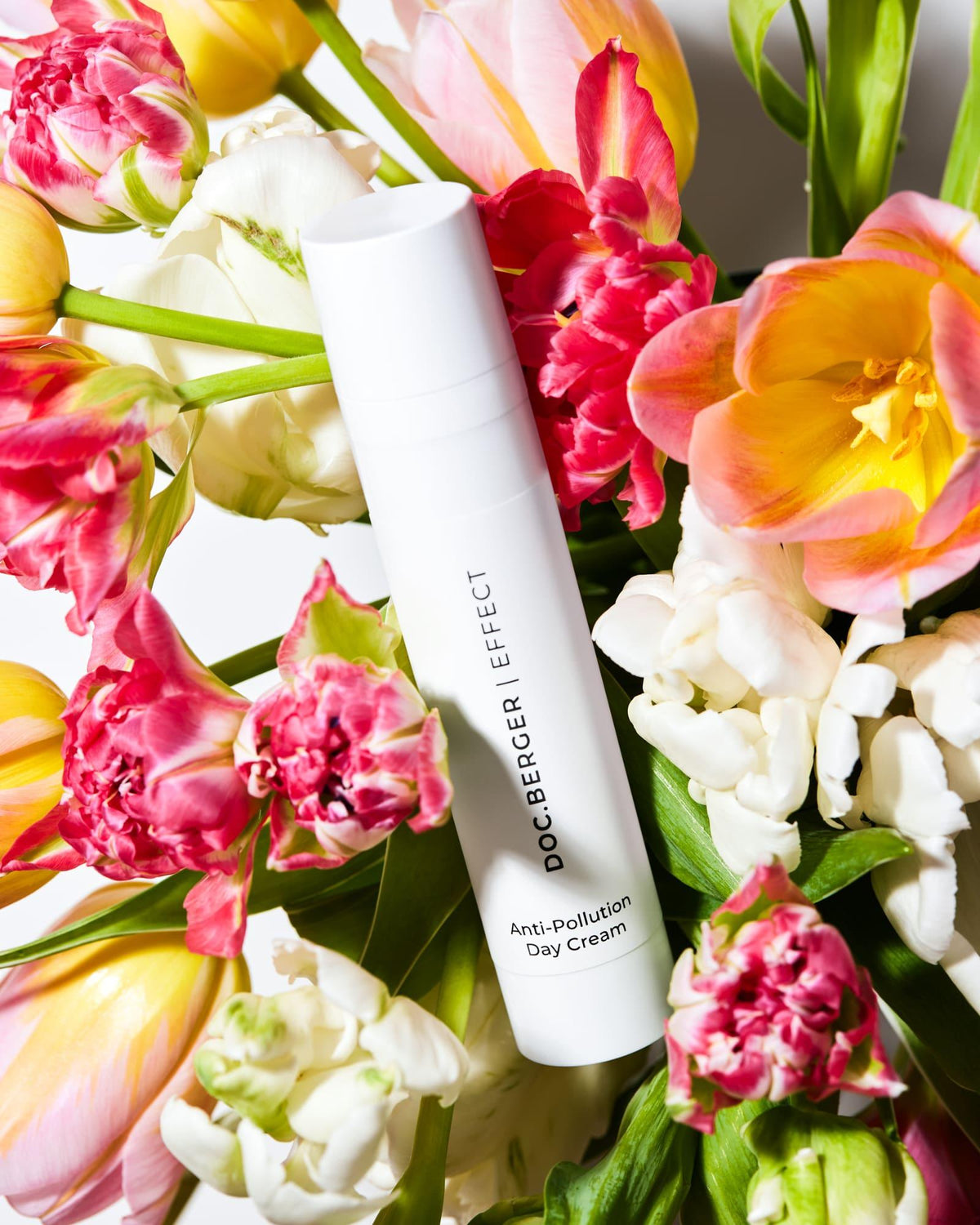

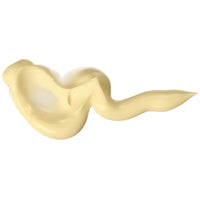
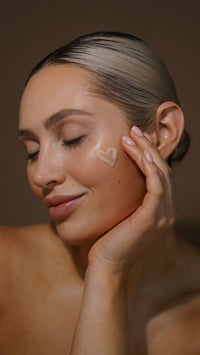
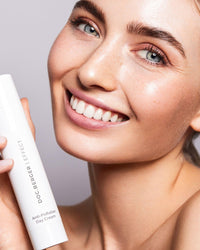

The causes of perioral dermatitis are complex – usually, several factors interact:
Too many creams, strongly occlusive products, or cortisone-based ointments disrupt the skin’s natural balance. The skin barrier weakens, pores become clogged, and inflammation develops – leading to the typical red pustules around the mouth and nose.
Nutrition can also play a role. Highly processed foods, sugar, alcohol, or dairy products may promote inflammation in the body and place additional stress on the skin. Many sufferers report that an anti-inflammatory diet rich in vegetables, healthy fats, and low in sugar has significantly improved their POD symptoms.
Stress is a frequent cause of skin problems. When stress hormones such as cortisol are released, the skin barrier weakens, sebum production increases, and inflammatory processes intensify. This can aggravate existing skin conditions or trigger POD for the first time.
Hormones also play an important role. Fluctuations caused by the menstrual cycle, pregnancy, or discontinuation of the pill can make the skin more sensitive and prone to inflammation. For some, POD occurs most often during hormonal transition phases.
Frequent mask-wearing, friction from scarves in winter, or strong UV radiation and heat in summer can irritate the skin and promote POD.

As paradoxical as it may sound – the most important treatment for POD is to do nothing. This so-called “zero therapy” means:
It may seem strict, but this step is essential for the skin barrier to regenerate.
After zero therapy, skincare can be slowly reintroduced:
A gentle, soothing cream protects against external stressors without over-nourishing the skin.
Example: The Anti-Pollution Day Cream by DOC BERGER EFFECT shields the skin from UV, blue light, and infrared radiation, formulated with a skin-identical base.
A tonic regulates excess sebum, restores the skin’s optimal acidic balance, and refines the complexion.
After a few weeks, a light night cream helps regenerate the skin barrier overnight.
Once the skin has remained stable for at least three months, serums can be added – e.g., with collagen, hyaluronic acid, aloe vera, or Matrixyl 3000 to hydrate and calm the skin.


A good POD cream should be:
Treating perioral dermatitis requires patience, minimalism, and the courage to embrace zero therapy. With gentle, step-by-step skincare, the skin barrier can regenerate and POD can be calmed over the long term.
Day Cream with Blue Light/Infrared Protection & SPF 30+ – for All Skin Types
Luxurious High-Tech Night Cream with Juvinity® & Growth Factors– for Mature Skin
September 16, 2025 – Dr. Luise Berger
Perioral Dermatitis (also called POD, “mouth rash,” or “stewardess disease”) is an inflammatory skin condition that appears as small red pustules, papules, and flaking around the mouth, nose, or eyes. The skin looks irritated, feels tight and burning – many sufferers experience a significant impact on their daily life.
Keep readingSeptember 5, 2025 – Dr. Luise Berger
Most traditional eye patches should be removed after 15 to 20 minutes, as they may start drawing moisture away from the skin. However, our DOC BERGER EFFECT Hydrogel Eye Patches are formulated to be deeply hydrating and gentle, making them suitable even for overnight use.
Keep readingSeptember 5, 2025 – Dr. Luise Berger
Age spots are among the most common signs of photoaging, typically appearing on areas frequently exposed to the sun. Ingredients such as Vitamin C, Niacinamide, Retinol, or fruit acids can effectively reduce pigmentation – provided they are formulated in stable, high concentrations.
Keep readingDiscover More
Newsletter
Join our skin care community and never miss any news!
Currency